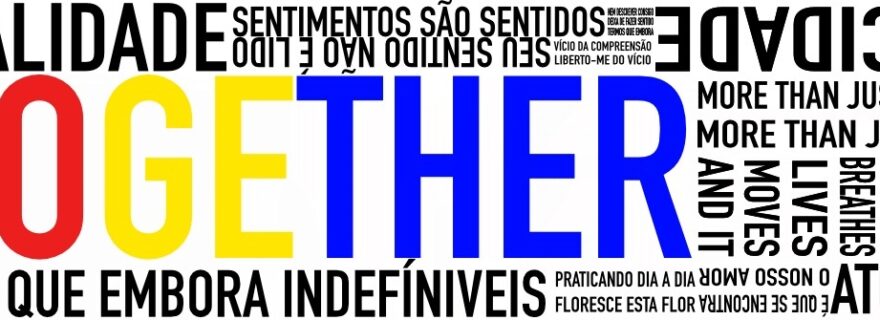Is there a limit to what we can find moral?
In the first article of this series, Dário described to you the efforts we made trying to discover how a person’s morality is shaped. Today I write a second one, in hopes it will inspire you to listen to and watch his song and videoclip on this very same topic!
After a few shouting sessions together (calling them discussions would be reductive), to our great surprise we found some major points of agreement. We agreed, for instance, on the core notion that one person’s morality is likely to be shaped by a combination of biological features and cultural influence. This was effectively explained by Dário’s grid analogy: biology shapes the grid, socialization fills it up.
Yet, points of agreement are far more boring than points of disagreement… Hence, I’ll try to focus here on the remaining divergences between our opinions, hoping that you, dear reader, might want to contribute to move our discussion further with some new, interesting insights.
The main point of disagreement between us lies in defining how these two elements, that is, biological features and cultural influence, interact in shaping a person’s moral compass. For Dário, the presence of the grid means that “there is a limit to what we find moral”. That is to say, there are some biologically-determined boundaries, and a person’s cultural influence will shape her morality only within these boundaries.
Sticking rigorously to the grid analogy might help supporting this view. One might say, for instance, that you cannot put inside the grid objects that are bigger than the grid’s cell. This symbolizes the boundaries: some actions simply do not fit into the grid, and thus “there is a limit to what we find moral”.
Yet, things can get more complicated if we question whether the grid’s structure is fixed, or whether instead it can be reconfigured. For instance, can the grid’s cells be enlarged, so that bigger objects too can fit inside the grid? And if the grid can be enlarged, to what extent is this possible? My argument is that the grid can be re-structured, and here I’ll try to show why I think that.
My judgement has its intuitive origin in the observation that what individuals find moral or not is incredibly variable, both across different peoples and over time. Examples in this regard are not scarce. As for the differences across people, think for instance about female genital mutilation: some consider it as a crucial ritual, while others (me included) consider it an abhorrent practice. Concerning the differences over time, we might think about the issue of pederasty, a practice that was socially accepted in archaic Greece, while being considered a disease in present-day society.
These examples show – I argue – that what we can conceive as moral or not is extremely variable. As such, defining any limit to this variation, at least in terms of potential, is not an advisable endeavor. The qualification concerning the “potential” is a necessary one. One might say that some behaviors have never been deemed moral across time. Such observation can surely tell us that these behaviors are very unlikely to be deemed morally acceptable. Yet, it does not tell us that such judgment might not potentially change over time. To the contrary, morality’s large variability over time (shown above) suggests that radical changes over time should definitely not be deemed impossible.
At this point, one might wonder: if the structure is so flexible, does the grid analogy’s “structure vs. content” distinction even make sense? I believe that such distinction is still relevant, although with a slight adjustment. My proposal is thus to move away from the “structure vs. content” paradigm, adopting instead a “framework vs. content” one.
Again, an (overly simplified) example can be useful in illustrating what I mean. Let’s leave aside the grid for a moment and consider instead an axis. The axis’s extremes represent the “extremely good” and “extremely bad” options, with any other option lying between these extremes. This representation does provide a framework for morality, giving the possibility to place any action along the axis; at the same time, however, it does not put any specific constraints to which action can fit or not inside the framework, thus allowing for the (even extreme) variability exposed above.
My view therefore still allows for the combination of biological and cultural drivers of morality. Yet, in my understanding the biological features do not pose limits to what is morally acceptable or not. Rather, they simply provide a framework for interpreting whether an action is morally acceptable or not, without any pre-determined, intrinsic judgement in-built inside the structure.
I’m not sure that my friend Dário would agree with this view... But since we were tired of endless discussions (sorry, shouting sessions), we just decided to bring the controversy into the artistic field, where we might more easily pretend that we agree! Starting from our debates, he wrote a song. From that song, we created a video. Here you can find everything you need: the debate, the song, and the video. We hope you’ll enjoy all of them!

